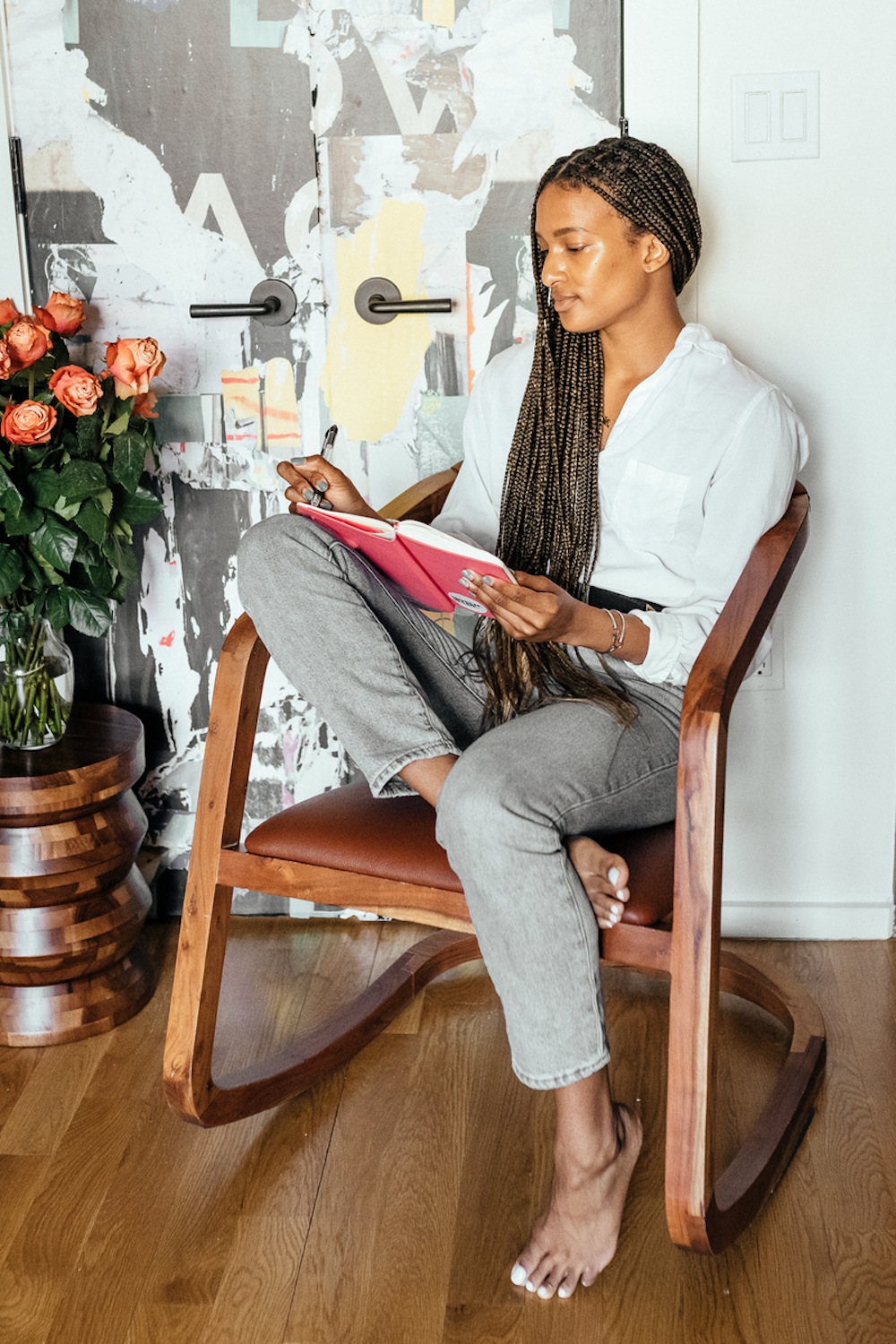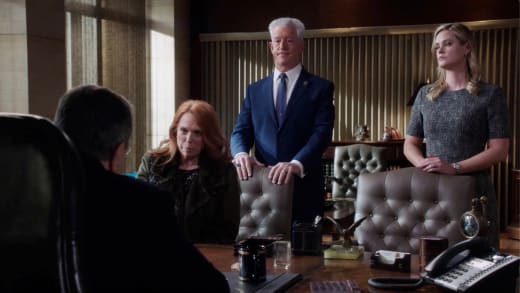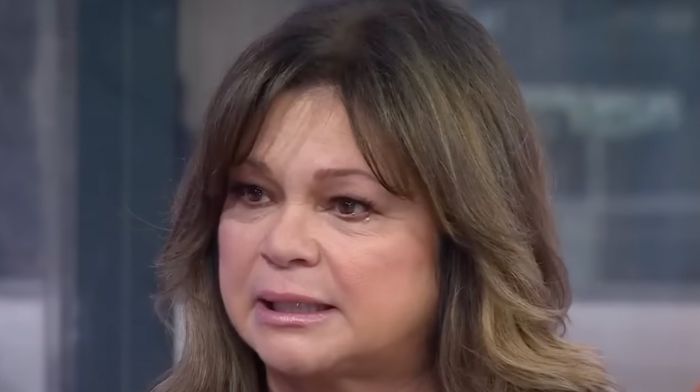The sun had just gone out
and I was walking three miles to get home.
I wanted to die.
I couldn’t think of words and I had no future
and I was coming down hard on everything.
My walk was terrible.
I didn’t seem to have a heart at all
and my whole past seemed filled up.
So I started answering all the questions
regardless of consequence:
Yes I hate dark. No I love light. Yes I won’t speak.
No I will write. Yes I will breed. No I won’t love.
Yes I will bless. No I won’t close. Yes I won’t give.
Love is on the other side of the lake.
It is painful because the dark makes you hear
the water more. I accept all that.
And that we are not allowed romance but only its distance.
Having finished with it all, now I am not listening.
I wait for the silence to resume.–Linda Gregg
In the New York poem, Linda Gregg walks three miles to get home in the city. In some other life, some other decade, some other poem, it was four miles across the Greek island where she lived with poet Jack Gilbert. It was to get home from the market with the bag of bread and olives or whatever it was. Jack walked by her side—or, more often in the poems, he watched her from behind or in front. They fought.
In 1976, at a college in Marin County, he read from a sheaf of papers about yelling at her, the pages’ whiteness crumpled and water-stained (hers were loose but neat, in a leather folder). “I rail and she suffers and the moon does not rise,” he said. Behind him, on a cushioned chair, Linda lit her cigarette.
Jack told the crowd about their marriage falling apart when they lived in Greece, and she dragged and dragged on that little finger of heaven. By the time of the reading, they’d been divorced a while, although he held her hand through much of it and interrupted one of her poems to ask a question of her—a private aside that’s hard to hear in the recording of the reading. She laughed.
They weren’t really divorced. Jack told it slant; he said they were married a decade. But when Linda died, poet Timothy Liu told it in her obituary in a more direct light, one which would’ve been less familiar to a couple who spent most of their years together on the far edge of an island, uninhabited. Liu wrote: “Their romance (some would call it an unofficial marriage) lasted eight years.”
So, it’s the same or it isn’t. The storyteller’s or the storied. Absolute truth is a slippery notion. My mom, slippery herself, called all of her men husbands, though only a couple came with ceremonies. She, too, is called Linda, though perhaps she’s more like Jack.
Oh Linda, Linda. A Virgo woman dying under Pisces is its own kind of hell. Linda, born September 9, 1942, died March 20, 2019; there is something to be said about an analytical, practical, direct body being forced to pass on under the pull of a whimsical and mutable sign—its wishy-washiness.
“I don’t have anything to say about this poem” is what Linda Gregg said about “New York Address” at Indian Valley College, after having so much to say, so slowly, about so much else. Of course not. “I accept all that,” in the last quarter of the poem is everything there is to say—a giving in to the ways words fall short and to the fact that connection is always across the water from where we are.
“New York Address” didn’t get to live in Too Bright to See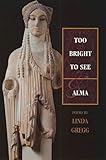 (Linda’s first collection, published in 1981) or in Alma (1985). Not The Sacraments of Desire
(Linda’s first collection, published in 1981) or in Alma (1985). Not The Sacraments of Desire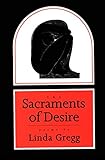 either (1991). The Iowa Review printed it in ‘85, and then it languished. Or it waited patiently in a drawer. Or it was found unworthy. Or.
either (1991). The Iowa Review printed it in ‘85, and then it languished. Or it waited patiently in a drawer. Or it was found unworthy. Or.
As for what matters, Linda learned the four categories in childhood. “One was nature, and I was living in it; one was the sacred, and I was trying to find it; one was love, and I was, in the sense of serious romantic love, a bit young for that. And poetry,” she said at Indian Valley College. “Those were the four things.”
All of Linda’s things that matter are sets in which to pose herself, her props. They ask for placement and prepositions. She is in nature; she moves toward God. The poem, of course, is too a stage or diorama in which to arrange and rearrange.
“I write every day. I write poetry every day. But it’s only very rarely that I ask myself, you know, ‘What are you doing?’ ‘What is this all about?’”
There’s that laugh of hers. Linda’s laugh—so girlish. I think of reading Kate Zambreno, who wrote in her recent memoir The Light Room on setting up Montessori-style play for her girls in the pandemic’s heart. “Real pretend,” it’s called.
on setting up Montessori-style play for her girls in the pandemic’s heart. “Real pretend,” it’s called.
Once Linda found a matchbox filled with tiny wooden figurines—shepherd, dog, tree, sheep—and she spent two months arranging them on a wooden table in different positions, convinced that there was a perfect combination to be found, “so that, like a sculpture, you could go all the way around and look at it, and there would be no other way that it should be.”
I think: She was looking to model truth, that finicky thing impossible to hold in its entirety because it contains history and presentness and perspective and temporal variance and perhaps, too, something of the sublime. It’s—from the New York poem—that very “Love… on the other side of the lake.” A thing uncapturable, as it’s defined by distance. Yet she tried and I try.
In my imagined version, the figurines are giant chess pieces, cliffside somewhere. The rook lazes in a field of tan-green. I hoist my tiny girl self onto the back of the knight: clipping the reins lightly between thumb and pointer. My steed two-steps: one square right, two up. Two left, one back.
When Linda spoke of the time she spent on her invented toil, arranging, she gave laughter and conviction both. Two months of a life, after all. The practice was never meant to become a poem, just notes on tasks and tinkering to find “a way of using the tree.” It did become a poem, though, called “Beckett Kit” in Too Bright to See.
Underneath the play and the poem is that forever aesthetic inquiry into the right way to arrange a thing, the stakes of which are higher in the poem (if not for Linda than for a reader) because of publication. Once she started writing, once she decided (at stanza five, she’s said), to craft, her lines’ real world meaning fought against their crystalline arrangement. The act of creation invites a schism between aesthetics and reality, which is to say that art invites division from art. Writing cannot be only writing, the poem clarifies (perhaps by accident).
As if she was trying to balance some aesthetic scale between the extremes “right” and “wrong,” she turns at the poem’s end away from her wooden figurines to a discomfiting white liberal martyrdom in the context of the Vietnam War (at one end of her spectrum) and a tacit agreement with a racist comment (at the other). The balancing act strikes an ugly chord.
Suffering cannot cleanly parallel her arrangement of figurines or words. Rather, the words can never cleanly parallel truth, whose concerns will always stretch beyond what art can capture—at least as long as art attempts to achieve the “one right arrangement.” At this, the poem will always fail. And that is right, Linda seems to say eventually—letting the word “peace” live without umph at the poem’s middle, not pulling it through to the ending.
I dropped the wooden sheep from a few inches
above the table so they wouldn’t bounce.
Some are on their backs but they serve
the same as the ones standing.
What I can’t get over is their coming right
inadvertently when I’d be content with any solution.
Outside of the poem, a woman accepts entropy. The figurines refuse to give an expected chaos in response. Inadvertently, she teaches us, with the figurines, how to cope with the sorrow of chasing words, that same futurelessness she conjures in “New York Address.”
Linda’s poetics are often this: the sublime falling sheep-side first into the suffering and landing on its feet, even when I’ve resigned myself and she’s resigned herself to its ass-backwardness. Nothing seems ever to agree to be captured as it is; is-ness itself pressing against the borders of artistic possibility.
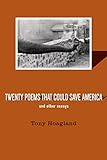 In the essay collection Twenty Poems That Could Save America, Tony Hoagland writes that Gregg had a certain immodesty, that she “finds grace in ruination, and gives herself to delirium.” So, fine. It’s ruin that I want too. It’s the line “I wanted to die,” ballasted by the promise of those long lines below it, which may catch the fall and turn it right side. Or sideways. Or on its broken sheep back and wailing.
In the essay collection Twenty Poems That Could Save America, Tony Hoagland writes that Gregg had a certain immodesty, that she “finds grace in ruination, and gives herself to delirium.” So, fine. It’s ruin that I want too. It’s the line “I wanted to die,” ballasted by the promise of those long lines below it, which may catch the fall and turn it right side. Or sideways. Or on its broken sheep back and wailing.
I throw out the window whatever so-and-so has said about Linda Gregg and her vagueness, her reaching for the ineffable without a safety net of nouns. It’s not nouns, after all, that will catch something true and turn it unexpectedly in the air. It’s the sacred, the ecstatic, the beyond that she was hungry for.
Yes I hate dark. No I love light. Yes I won’t speak.
No I will write. Yes I will breed. No I won’t love.
Yes I will bless. No I won’t close. Yes I won’t give.
My God.
I try to write the corresponding questions—all the questions / regardless of consequence. My inquiries have object-bodies on the page. I arrange and arrange them:
Do you hate dark? Don’t you hate light? I know you won’t speak.
I know you won’t write. Won’t you have girls? Will you give God?
Can you goodbye? You’ve run out of time. Isn’t that right?
There’s so much, plenty. Hoagland writes, “Most poets under forty are more comfortable telling it slant, with a twist, than speaking directly of faith.” Linda is not most; that’s what he means.
Why do we pursue? Why do we chase the evasive sublime? In the first poem (“We Manage Most When We Manage Small”) in the first collection Linda Gregg ever published (Too Bright to See), she wrote:
Fragile and momentary, we continue.
Fearing madness in all things huge
and their requiring…
And it is madness I’m afraid of. She caught me, though, caught my fear of faith and spat it into a permitting silence. White page. Everything of Linda’s, I’ve found, is permissive.
Once, days before she was to speak on silence to a crowd, Linda slid a blank piece of paper down the oak dining table where Jack was losing his faculties, where she cared for him for a decade as he died. Demented, Jack wrote:
Silence in poetry is the…space between the event and that event becoming a poem.
Silence is emptiness just a little afterwards… built by implication.
Silence is the invisible kingdom that the poet makes us see.
Linda concludes her New York poem: “I wait for the silence to resume.” Me too. Because the silence is the holy part, even the perfect part. The part beyond the creation where truth lives.
Maybe a true poem finally starts wherever its invisible questions end, which is to say somewhere long beyond a page’s disintegration. Of course, I’m writing from beyond the moons of Linda and Jack; their deaths amplifying and clarifying the distance between me and whatever nonfiction is.
Linda, Linda, Linda, mother, mother, mother.
Oh. The thought that I had forgotten the mother. I saw that thought somewhere, posed with grace in the steam over a mug of tea this morning, disappearing over the hours of growing cold. Mom is here, wrapped over my hands in veins that bulge, lake-like and bulbous. The water, poem-like and wind-rushing.
An answer, but the question is long gone.














































